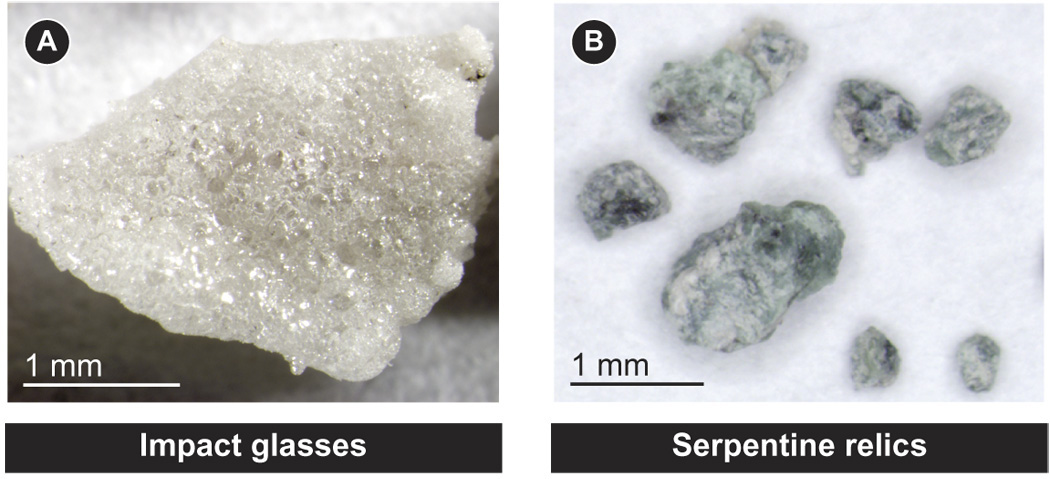Watch Scientists Blast a Fake Asteroid into a Fake Earth
When an asteroid smashes into Earth at 11,000 mph (18,000 km/h), how much of that asteroid's constituent water gets left behind in the debris, and how much boils away in the intense heat of the collision?
Scientists at Brown University wanted to find out. So, they did what any one of us would do and built an indoor asteroid cannon — with a lot of help from NASA.
The resulting study, published April 25 in the journal Science Advances, may sound ridiculous (or ridiculously awesome), but it aims to answer some of the most persistent questions in the science of planet formation. How did initially bone-dry planets get their water in the earliest days of the solar system? Why were traces of water discovered in the mantle of Earth's parched moon or near the massive Tycho lunar crater? Can ancient, carbon-based asteroids work as a trans-galactic taxi service, shuttling little pools of water from one part of the cosmos to another?[When Space Attacks: The 6 Craziest Meteor Impacts]
If that latter theory is true, the math is not on its side. "Impact models tell us that [asteroids] should completely devolatilize at many of the impact speeds common in the solar system, meaning all the water they contain just boils off in the heat of the impact," study co-author Peter Schultz, a professor in Brown's Department of Earth, Environmental and Planetary Sciences, said in a statement. "But nature has a tendency to be more interesting than our models, which is why we need to do experiments."
And for this experiment, Schultz and his colleagues needed an asteroid cannon. So, the team enlisted the help of NASA's Vertical Gun Range at the Ames Research Center in California — an indoor ballistic facility built during the Apollo program in the '60s to simulate high-speed cosmic collisions on a small, cozy scale.
Without any real asteroids on hand, the team used marble-size cylinders of antigorite — a green mineral that's common in oceanic crust and contains an averageof 13 percent water by weight — as projectiles, they said. For their target, they used a tray of dry, powdered pumice to represent the loose layer of dusty minerals covering Earth's bedrock. Beneath the tray they affixed a plastic-lined well to capture the explosive debris released during their man-made asteroid impacts.

Over several trials, the researchers blasted the fake asteroid into the fake Earth at speeds reaching more than 11,200 mph, a speed "comparable to the median impact speed" in the asteroid belt, the researchers wrote. On impact, some of the rock melted, then quickly re-solidified into glass. Other pieces of antigorite melded with the powder to form breccias — jagged collages of debris cemented together during the heat of the impact.
Sign up for the Live Science daily newsletter now
Get the world’s most fascinating discoveries delivered straight to your inbox.
When the researchers analyzed this debris for water, they found far more than their models had indicated was possible: Up to 30 percent of the "asteroid's" water remained trapped within the impact products. In other words, the theory that asteroids may serve as an intergalactic H20 delivery service seems to hold water.
"These new experiments raise the possibility that growing terrestrial planets trap water in their interiors as they grow," the researchers wrote. "And it shows why experiments are so important," Shultz added, "because this is something that models have missed."
In other words: Please — let scientists have their cannons.
Originally published on Live Science.

Brandon is the space/physics editor at Live Science. His writing has appeared in The Washington Post, Reader's Digest, CBS.com, the Richard Dawkins Foundation website and other outlets. He holds a bachelor's degree in creative writing from the University of Arizona, with minors in journalism and media arts. He enjoys writing most about space, geoscience and the mysteries of the universe.









